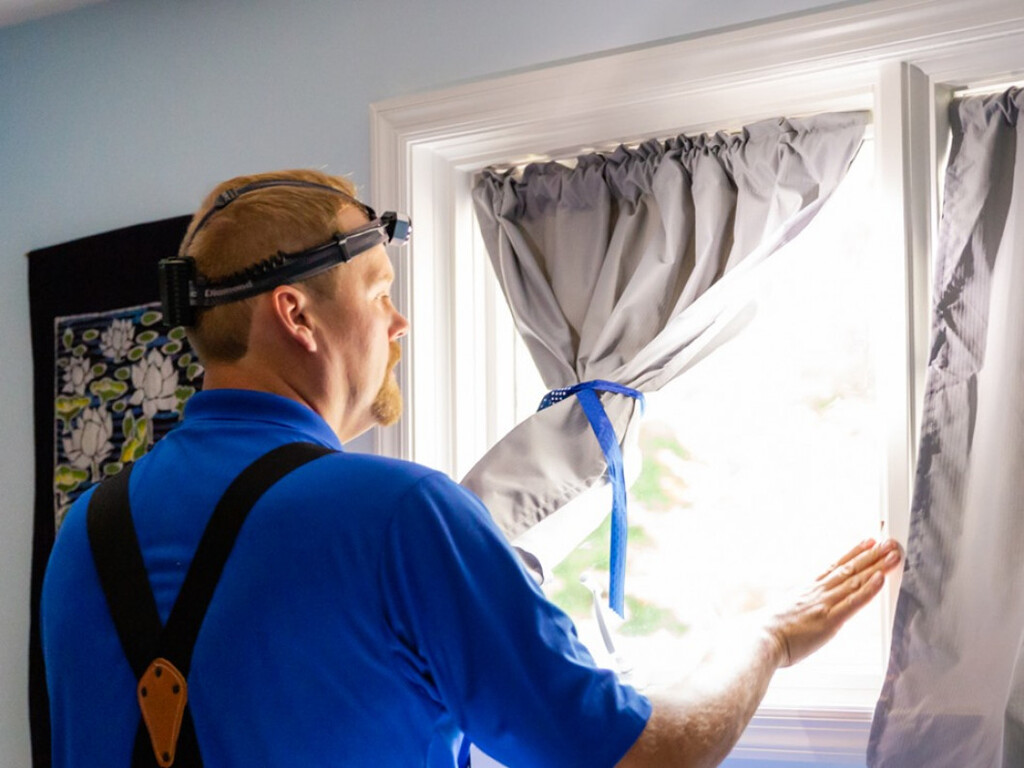How Mycotoxin Testing Assists Stop Contamination and Guard Food Supplies

Mycotoxin testing is a vital practice in the food market, offering as a frontline defense versus contamination by damaging toxins created by mold and mildews. Through the application of advanced methods like High-Performance Liquid Chromatography (HPLC) and Liquid Chromatography-Mass Spectrometry (LC-MS), food manufacturers can properly spot and measure mycotoxin degrees in farming items.
Understanding Mycotoxins
Recognizing mycotoxins starts with acknowledging that they are poisonous second metabolites generated by particular mold and mildews, which can infect farming items. These metabolites are not essential for the growth or recreation of the fungis yet can have extreme ramifications for animal and human health and wellness. Mycotoxins are typically discovered in staple crops such as corn, wheat, barley, and nuts, where they can proliferate under details problems of dampness and temperature.
There are several kinds of mycotoxins, each produced by various fungal types. Fusarium species generate fumonisins and trichothecenes, both of which are connected with various severe and chronic wellness problems.

Risks of Mycotoxin Contamination
The dangers of mycotoxin contamination are multifaceted, posturing substantial hazards to both food security and public health. Mycotoxins, toxic substances created by certain kinds of fungis, can contaminate a vast variety of agricultural products consisting of cereals, nuts, spices, dried fruits, and coffee.
Financial impacts are an additional major worry. Contaminated crops can cause substantial economic losses for farmers and food producers as a result of reduced returns and the need for expensive decontamination procedures. International trade can be dramatically hindered as countries impose stringent mycotoxin laws to protect their populations, leading to declined deliveries and stretched profession relationships.
Environmental factors such as climate modification worsen the threat of mycotoxin contamination. Variants in temperature level and moisture can develop beneficial conditions for fungal growth, enhancing the probability of contamination occasions. Therefore, understanding and alleviating these threats are essential for guaranteeing the security and stability of worldwide food materials.
Techniques of Mycotoxin Evaluating
Precisely determining mycotoxin contamination in agricultural items is crucial for guarding public wellness and keeping food safety and security criteria. Numerous approaches are used to identify and evaluate mycotoxins, each offering details advantages and constraints.
High-Performance Fluid Chromatography (HPLC) is a widely used method due to its high sensitivity and accuracy. It includes dividing mycotoxins from various other materials in an example, making it possible for exact metrology. Liquid Chromatography-Mass Spectrometry (LC-MS) combines fluid chromatography with mass spectrometry to supply in-depth molecular details, making it especially helpful for identifying numerous mycotoxins concurrently.

Gas Chromatography-Mass Spectrometry (GC-MS) and Thin-Layer Chromatography (TENDER LOVING CARE) are additionally used, each with unique applications. GC-MS is efficient for unstable mycotoxins, while TLC provides an easier, affordable option for preliminary screening.
Benefits of Normal Checking
Routine testing for mycotoxins in agricultural products offers countless advantages, substantially adding to public health and wellness and food safety. By identifying contamination early, normal testing helps prevent the circulation of hazardous foods, consequently minimizing the danger of mycotoxin-related diseases among customers. This positive approach not just safeguards human health and wellness however also boosts the useful link general quality of food supplies.
Different countries and areas have actually developed rigorous limitations for mycotoxin levels in food and feed. Sticking to these restrictions through regular screening guarantees that producers and vendors satisfy lawful standards, thus preventing fines and profession barriers.
Additionally, routine mycotoxin screening can bring about significant economic benefits. Early discovery of contamination permits timely intervention, minimizing possible losses from prevalent contamination. Implementing regular testing protocols can likewise reduce recall expenses and relevant responsibilities, which can be monetarily ruining.
In addition, regular screening provides valuable data that can inform better farming practices and storage problems. By comprehending patterns of contamination, producers check can embrace precautionary procedures, consequently minimizing future threats and adding to the sustainability of the food supply chain.
Carrying Out Checking Procedures
Executing efficient mycotoxin testing protocols is crucial for ensuring the safety and quality of agricultural products. Developing a durable screening framework includes multiple key steps, beginning with the recognition of possible contamination factors within the manufacturing and supply chain. This includes pre-harvest, post-harvest, storage, and circulation stages. Each stage needs to be inspected to identify where mycotoxin contamination is most likely to occur.
When vital control points are identified, picking ideal screening methods is important. Common strategies include enzyme-linked immunosorbent assay (ELISA), high-performance liquid chromatography (HPLC), and mass spectrometry (MS) Each technique has its strengths and weak points; hence, choosing the right one depends on the certain mycotoxin being tested, the needed level of sensitivity, and offered sources.

Last but not least, incorporating the screening protocols right into a detailed food safety management system is suggested. This boosts traceability and makes it possible for swift rehabilitative actions when contamination is identified, consequently securing the honesty of the food supply chain.
Conclusion
Mycotoxin testing is see this website crucial in preventing contamination and protecting food materials by making it possible for very early detection of damaging contaminants generated by mold and mildews in agricultural products. Routine testing improves brand name track record, economic security, and count on in food security by reducing contamination-related losses and keeping high criteria in food manufacturing.
Mycotoxin screening is an essential practice in the food market, offering as a frontline protection versus contamination by dangerous toxins produced by molds. An integrated technique entailing farming practices, storage management, and routine screening can alleviate the threats linked with mycotoxin contamination, making certain food safety and public wellness.
The dangers of mycotoxin contamination are diverse, positioning considerable dangers to both food security and public health and wellness.Regular screening for mycotoxins in farming products provides various benefits, considerably adding to public wellness and food safety and security.Mycotoxin testing is important in avoiding contamination and safeguarding food products by making it possible for very early detection of unsafe contaminants generated by molds in agricultural products.